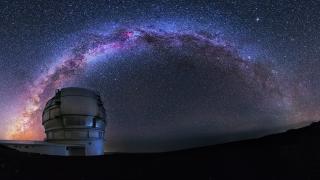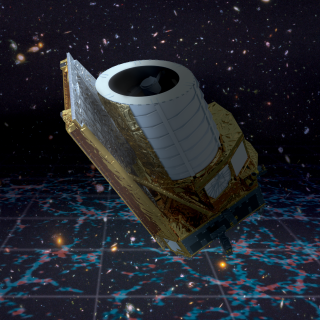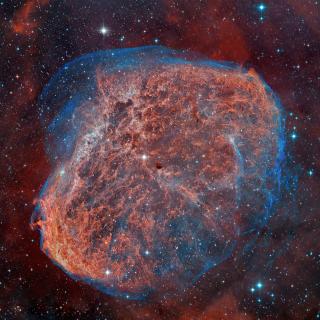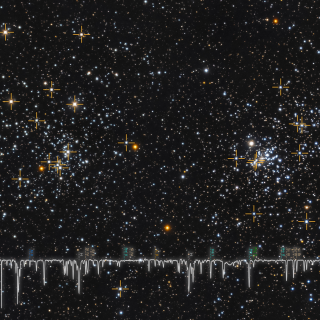
International research led by the Instituto de Astrofísica de Canarias (IAC) and the University of La Laguna (ULL) has found the first evidence of a massive galaxy with no dark matter. The result is a challenge to the current standard model of cosmology. The study is published in the specialized journal Astronomy and Astrophysics. A team of scientists, led by the researcher at the IAC and the University of La Laguna (ULL) Sebastién Comerón, has found that the galaxy NGC 1277 does not contain dark matter.This is the first time that a massive galaxy (it has a mass several times that of the




